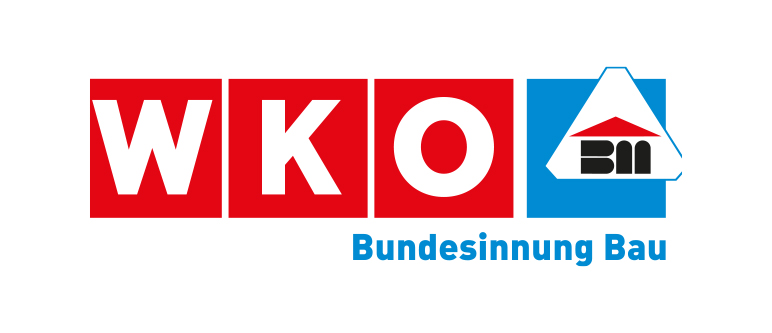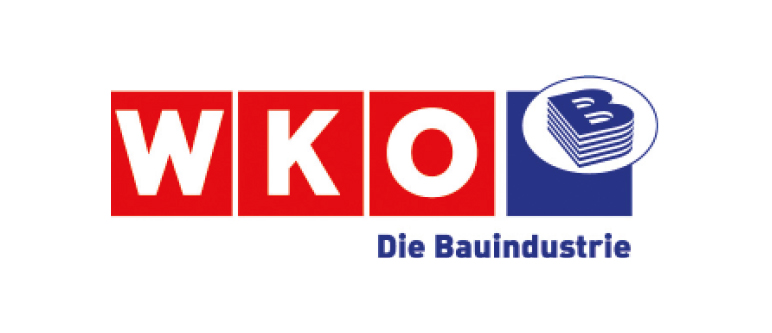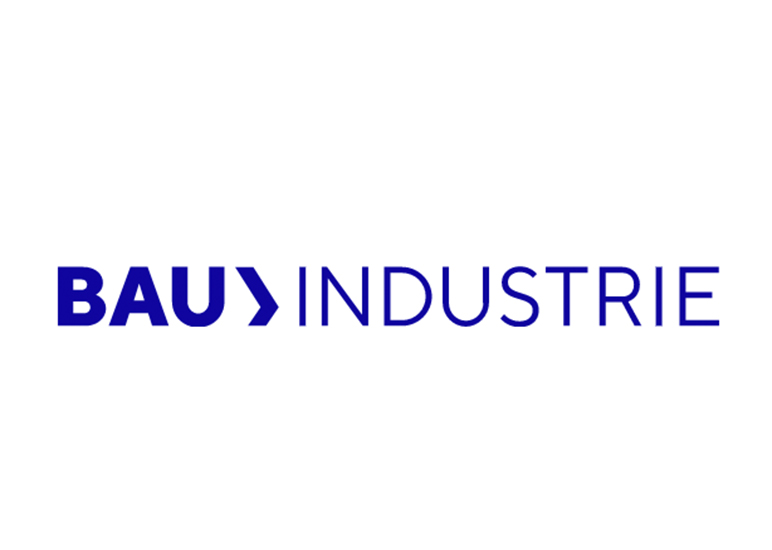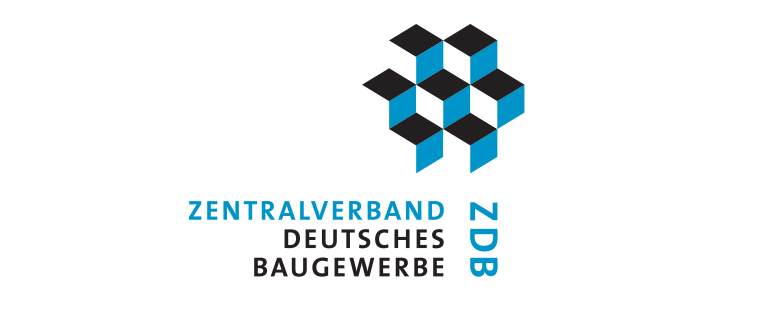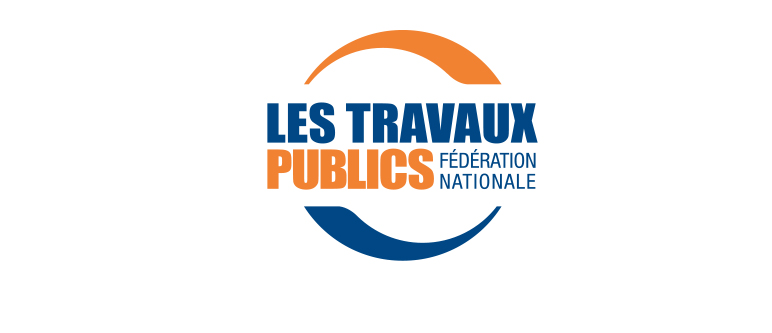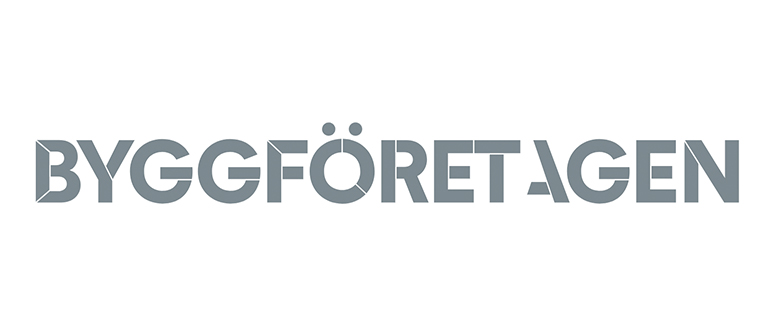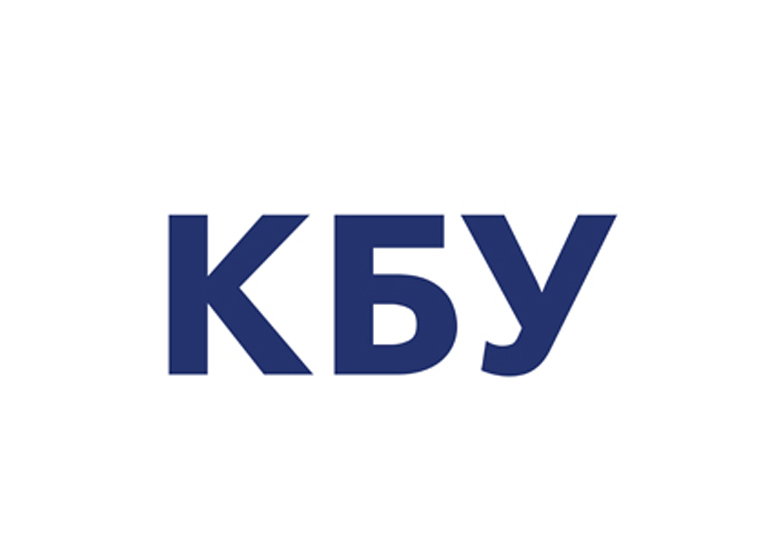General economic overview
The Greek economy is showing remarkable resilience, flexibility and dynamism, despite uncertainty due to the recurring waves of the pandemic, but also to the new challenges associated with the Russian invasion of Ukraine. In 2021, GDP at constant prices grew by 8.3%, marking one of the best performances in the euro area and almost fully offsetting the 2020 contraction of 9%. The high GDP growth rate in 2021 and the expectation of continued growth in 2022, along with the positive long-term economic outlook, have contributed to the recent upgrade of Greece’s credit rating to just one notch short of investment grade.
In 2021, headline HICP inflation in Greece was 0.6%, mainly driven by rising energy and food prices. It was well below the euro area average. Under the baseline scenario, inflation is expected to accelerate to 5.2% in 2022, while a further increase to 7% is projected under the adverse scenario. A de-escalation of inflation is expected in 2023, provided that supply chains are fully restored, and energy prices fall.
Ιn 2021, the maintenance of support measures continued to weigh on fiscal aggregates, although to a lesser extent. The measures were more limited in scope and retargeted at the most vulnerable groups of society. For 2021, the primary deficit is expected to have decreased markedly, overachieving the budget target, on account of higher tax revenues and lower non-productive expenditure, while a gradual restoration of fiscal sustainability should start from 2022. According to the Bank of Greece forecasts, in 2021 the primary deficit declined to 6.2% of GDP and government debt to 193% of GDP. The low implicit interest rate and strong GDP growth are the most important factors that weaken public debt dynamics, having already put the debt-to-GDP ratio on a downward path since 2021.
In 2021, bank credit to the private sector continued to increase, underpinned by the accommodative single monetary policy and the programmes of the Hellenic Development Bank (HDB) and the European Investment Bank (EIB). The year-on-year growth rate of bank credit, albeit quite slower compared with 10% in December 2020, stood at 3.7% in December 2021. The funds made available by the HDB and the EIB were lower than in 2020, but their impact was very significant, as they supported one-third of loans to businesses (mainly small and medium-sized enterprises) and self-employed. Bank deposits by the private sector continued to grow in 2021, by a cumulative EUR 16.2 billion, which was lower than in 2020 (EUR 20.6 billion), but much higher than the levels observed before the pandemic. The aggregate common equity (CET 1) ratio and the total capital ratio declined as a result of losses from NPL sales and securitisations. The relatively low quality of bank capital, given that deferred tax assets make up the largest part (64%) of total regulatory capital, calls for a qualitative and quantitative strengthening of the capital base and an improvement of core profitability. It is positive that banks have started efforts to strengthen their capital base through share capital increases and bond issuance. Finally, it is worth pointing out a growing bank-sovereign nexus, as total risk exposure to central government stood at 22.5% of total bank assets and 38.7% of GDP at the end of 2021.
The stock of non-performing loans declined further in 2021, mostly through loan sales of EUR 27.5 billion under the Hellenic Asset Protection Scheme. NPLs stood at EUR 18.4 billion at the end of December 2021, down by EUR 28.8 billion from end-December 2020. This has led to an improvement in bank asset quality, reducing risk costs and widening profit margins. Nevertheless, the stock of NPLs as a percentage of total loans (12.8%) remains well above the EU average of 2.1%. About 39% of NPLs are subject to forbearance measures. However, a high share of forborne loans fell back into arrears. It is estimated that, due to the pandemic and high inflation, an additional proportion of forborne loans might be classified as NPLs in 2022. As NPL reduction in 2021 was achieved mainly through securitisations and transfers to international investors, the stock of NPLs remains a burden for the real economy and excludes a large number of debtors from bank credit.
Overall construction activity
Construction output in Greece rose 5.7 percent from a year earlier in the fourth quarter of 2021, accelerating from an upwardly revised 4.4 percent growth in the third quarter. Building activity soared 22.7 percent (vs 26.9 percent in Q3) and the civil engineering works declined less (-3.9 percent vs -8.2 percent). On a quarterly basis, construction output jumped 37.6 percent from a 4.4 percent rise one quarter earlier.
Greece's construction industry held up relatively well in 2020, with construction sites remaining operational despite the lockdown measures imposed by the government. As a result, the construction industry registered growth in 2020, and continued to perform well in 2021. According to the Hellenic Statistical Authority (ELSTAT), the construction industry's value add at seasonally-adjusted terms grew by 14.3% year on year (YoY) in the first quarter of 2021, and was preceded by year-on-year (Y-o-Y) growth rates of 0.6% in Q4, 12.1% in Q3 and 24% in Q2 2020. Despite the robust growth in the first quarter of 2021, the publisher expects the country's construction industry to decelerate and grow by 3.5% in 2021, and record an average growth rate of 2.6% between 2022 and 2025. The industry's output will be supported by improving investor confidence and investments in transport, renewable energy, residential and commercial infrastructure projects. The government is focusing on the development of renewable energy projects, in line with its target to increase the share of renewable energy in the total energy mix by 35% over the next 10 years. The plan involves a target of producing 7.7GW of solar PV and 7GW of wind capacity by 2030. An increase in building permits and foreign direct investment (FDI) in construction will also contribute to the industry's growth momentum in the early part of the forecast period. According to the ELSTAT, the number of building permits issued in the country registered growth of 36% in the first four months of 2021, increasing from 5,272 during January-April 2020 to 7,172 during January-April 2021, while the net Foreign Direct Investment (FDI) in Greece's construction industry grew by 74.3% YoY in 2020, increasing from EUR36.5 million (USD42.9 million) in 2019 to EUR63.7 million (US$74.9 million) in 2020, according to the Bank of Greece. In addition to this, financial assistance worth EUR166.7 million (US$194.6 million) from the European Union (EU) for the construction of a new liquid natural gas ("LNG") terminal in Alexandropoulos will also support the industry.
Real estate market
In the real estate market, the trend of de-escalation of the growth rates of values recorded since the onset of the pandemic reversed in 2021. More specifically, based on the indicators and estimation data collected by the Bank of Greece, in the first nine months of 2021, the prices of apartments (in nominal terms) increased by 6.1% on an annual basis, compared to an increase of 4.9% in corresponding period of 2020.
In particular, on an annual basis, the apartment price index recorded a gradual acceleration of the growth rate for the country as a whole in the sub-quarters of 2021 (4.3%, 6.2% and 7.9% for the first, second and third quarters of 2021, respectively).
At a local level, house prices maintained heterogeneity in their changes, with significant increases in areas with strong investment interest and marginal changes in other areas.
More specifically, the high annual rates of price increase in the two major urban centres of the country, i.e., Athens (8.3%) and Thessaloniki (6.3%), contributed significantly to the increase in apartment prices for the whole country during the nine months of 2021, as in other major cities and other regions of the country the rates recorded are positive, but much milder (4.2% and 3.5% respectively).
The prices of the old apartments, in the nine months of 2021, increased at an average annual rate of 6.2%, while those of the new apartments by 6.1%.
At the same time, various relevant indicators reflect the positive dynamics of the residential real estate market in 2021. More specifically, the housing construction activity in the eight months of 2021 records significantly high annual growth rates of the number and volume of new building permits (48.9% and 57.7% respectively) at a national level and even higher in Attica (66.1 % and 71.0% respectively).
The increased investment interest from abroad, which fuelled the recovery of the high standard real estate market and income, especially in the two years 2018-2019, recovered during the nine months of 2021 (34.7%, compared to a decrease of 42.5% in the corresponding 2020), despite the limited number of Golden Visa property owners’ residence permits. Foreign direct investment in the real estate market, according to the Bank of Greece, recorded a significant increase, during the first nine months of 2021, and amounted to 797.2 million euros, compared to 592.0 million euros, in the first nine months of 2020.
Housing investment continued to strengthen in the first nine months of 2021, with a significantly higher annual rate (34.7%) compared to the corresponding period of 2020 (19.3%) but remained low as a percentage of GDP (1.4%). Moreover, business expectations for housing construction, as reflected in the relevant index of the Economic and Industrial Research (IOBE), increased significantly in the eleven months of 2021 (47.1% compared to the corresponding eleven months of 2020). In addition, the number of real estate transactions, despite the slowdown recorded in 2020, is estimated to record a positive rate of growth again in 2021, especially in view of the implementation of the new revised objective values from 2022 and the suspension of the obligation to submit electronic building identity until end of 2021. According to the Hellenic Statistical Authority (ELSTAT) data from the survey of notaries’ works on the concluded notarial purchase deeds, transactions decreased in 22.6% in 2020 (74,769 transactions in 2020, compared to 96,662 in 2019).
In the commercial real estate market, based on the price indices of the Bank of Greece, during the first half of 2021, positive rates of change were recorded. Specifically, based on the provisional data, in the first half of 2021, increases were recorded in the prices of offices and shops of high standards, for the whole country, by 1.4% and 1.1% respectively, compared to the second half of 2020. For the whole of 2020, based on the revised data, the average annual increase for high-standard offices and stores, for the whole country, amounted to 1.2% and 2.5%, respectively. It is noted that the significant interest especially for the Athens office market, during the first half of 2021, and the decline in the yields of high-standard real estate are reflected in the high average annual growth rate of the respective prices (3.9%), and the slightly lower increase of office rents (2.6%) after two consecutive semesters of decline. The investment interest for commercial real estate appears renewed, with several new development and reconstruction projects being launched and the construction activity of the eight months of 2021, in some categories of commercial real estate, to show from the highest levels of the last decade. More specifically, according to the Hellenic Statistical Authority (ELSTAT) data on construction activity, on an annual basis, particularly high growth rates are recorded in the number of new permits for the construction of offices (52.2%) and shops (68.3%), while correspondingly very high rates, both in terms of number of new licenses and in terms of volume, are recorded in almost all commercial real estate, which is indicative of the growing demand and the trend of renewal of the existing stock. In the hotel sector, the construction activity maintains quite high positive rates, without, however, having regained the rates that appeared before the health crisis.
GDP 2021
BILLION
POPULATION 2021
Total investment in construction in 2021
BILLION
| Per cent variation of investment in real terms on previous year | |||||||
| investment Mln. € fixed prices | |||||||
| Sectors | 2021a | 2018 | 2019 | 2020 | 2021a | 2022b | |
| 1.1. Housebuilding | 2,260 | 22.2 | 17.4 | 14.1 | 26.4 | N/A | |
| 2. | Civil Engineering | 5,122 | -16.1 | -21.6 | -0.3 | 4.8 | N/A |
| (1 + 2) | Total Construction | 7,382 | -11.2 | -14.7 | 3.2 | 10.6 | N/A |
| a: estimate - b: forecast - c: incl. R&M | |||||||




